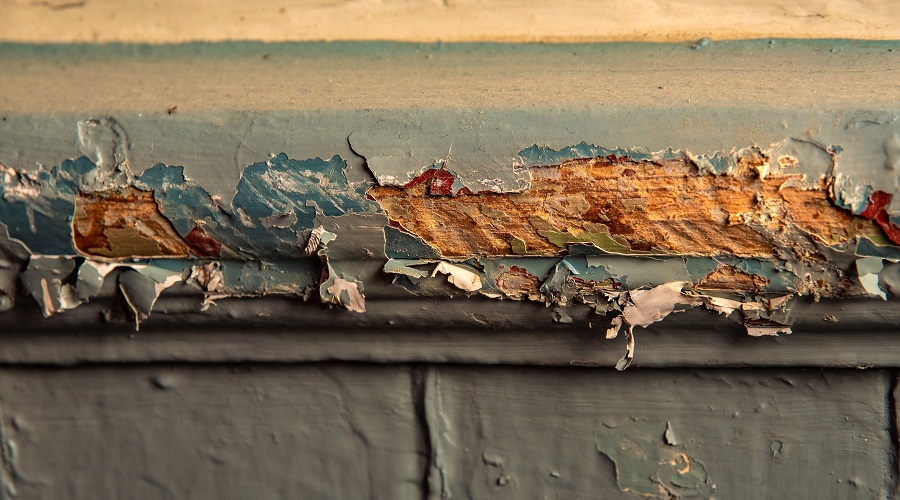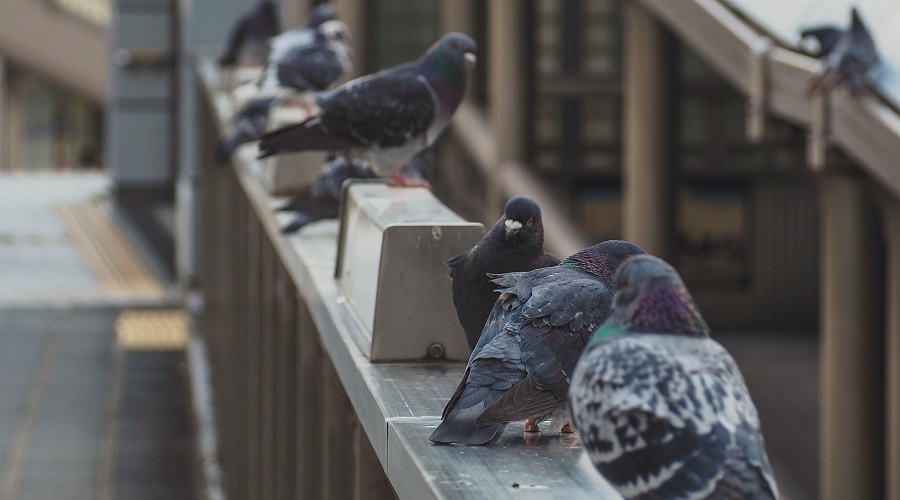Hazmat removal
Cleaning & disposal
Hazardous materials are all around us. They can pose a direct threat to many of our places of work, as well as on a broader environmental scale. Handling them safely with the minimum risk to health and safety has never been more important. For this reason, it’s essential that any hazmat removal services you enlist are appropriately equipped, experienced and fully compliant and accredited to fulfil their duties to legally required standards.
Any waste that “contains substances or has properties that might make it harmful to human health or the environment”* is defined as “hazardous”. Such materials include asbestos, bromine, mercury, oils, pesticides and solvents. The disposal of such waste in landfill together with non-hazardous waste is an offence under 2004 COSHH regulations. *HSE (Health and Safety Executive)
Hazmat — hazardous materials
Lead paint
Whilst lead-based paint was used for windows, doors, woodwork and various metal items, such as radiators, until the mid-1960s, its use continued for a number of exceptional applications until the 1980s. As a result, lead is a potential issue in many older buildings, where the residues of the deteriorating paint combine with household debris and dust, which can be inhaled and cause lead poisoning — a serious and sometimes fatal condition.
Our paintwork surveying and investigation services offer detailed analysis to identify the presence not only of lead, but of other toxic substances such as arsenic. If we identify lead in the existing paintwork, all consequent disposal works must adhere to Control of Lead At Work (CLAW) regulations to ensure that it is removed safely and compliantly.
Pigeon guano removal
Synonymous with locations like Trafalgar Square, pigeons have successfully evolved and out-competed countless other species in London over the centuries. As a result, many buildings have been infested by pigeons for long periods of time, leading to the inevitable accumulation of pigeon guano, or droppings.
If neglected, pigeon guano becomes corrosive enough to inflict serious damage to the fabric of a structure — especially older buildings. Moreover, dust from bird droppings can be inhaled, causing serious diseases such as histoplasmosis and psittacosis.
It’s therefore essential in buildings infested by pigeons that all guano is safely removed and that affected areas are subjected to specialised cleaning. As part of Decontaminate hazmat removal service offer, our experienced operatives carry out pigeon guano removal in full compliance with HSE guidance. In this way, we minimise the risk of ingestion or inhalation of potentially spores which, particularly in untreated elderly or immunocompromised individuals, can cause severe illness.


